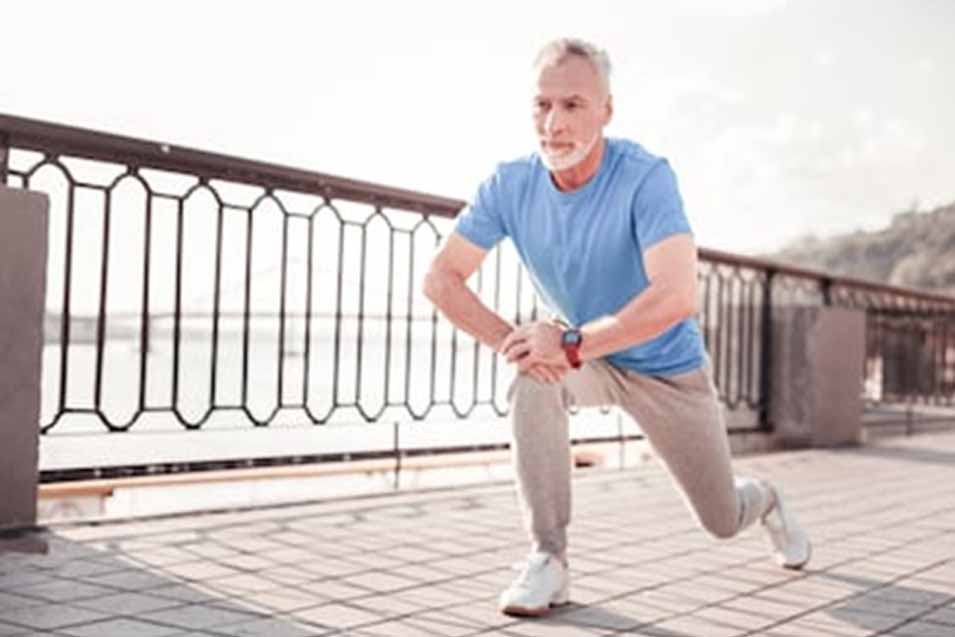
The involuntary process of circulating blood throughout the body is vital for human existence. As we age, however, the arteries and veins in our circulatory system start to wear down. Fat deposited in the arteries over the years can narrow down or even block the arteries that circulate oxygenated blood to the different parts of our body, leading to clots and inflammations that can block the veins that carry blood to the heart.
What causes poor circulation among elderly
A number of factors affect circulation in seniors. Though anybody above 65 can be at risk of a considerable decline in their circulation, there are some health issues that enhance that risk by many folds. Health issues like diabetes, high blood pressure, atherosclerosis, limit circulation in the seniors. Other factors like smoking, poor nutrition, and a sedentary lifestyle can also lead to poor circulation among the elderly. Another common issue with circulatory systems is the Peripheral artery disease (PAT), in which narrowed arteries impair the blood flow to the limbs severely, and can cause serious issues like limb ischemia, infarction, tissue death, or even a stroke or a cardiac arrest if left untreated. Seniors with cognitive diseases like Alzheimer’s and Dementia also have been found to experience circulation issues.
It is therefore extremely important to understand and treat the underlying root causes to help with improving the circulation in the elderly.
What are the signs of poor circulation in older adults
Signs of poor circulation are often hidden or silent. When symptoms are visible, they may include,
- Freezing hands or feet: Poor blood circulation can cause body temperatures to change, resulting in feet or hands that are chilly to touch.
- Tingling and numbness: The patient might feel numbness or a tingling feeling in certain parts of the body, which is a clear sign that enough blood is not reaching that part of the body. This feeling is mostly felt in the body’s extremities.
- Cognitive issues: poor blood flow to the brain can cause memory and thinking issues. An elderly who is suddenly very forgetful might be suffering from a poor circulation that requires immediate attention.
- Swelling in the lower extremities: Poor circulation can lead to a fluid build-up in the senior making their feet, ankles, or legs swollen.
Improving circulation in the elderly
1. Improving circulation in the legs:
- Exercise for legs: Exercising is the best way to pump blood around your body. Walking on a treadmill is a simple yet great exercise for improving the body’s circulation. Other effective exercises for the lower body are ankle pumps, swimming, yoga, and walking.
- Pillows that elevate the legs: Blood flow in the veins can be increased by elevating the legs with the help of pillows. This is an effective option for seniors who are bedridden or have limited mobility. Elevated legs also help in reducing swelling and pain by helping blood and other fluids to move from the legs up towards the core.
- Compression socks and bandages: These help in improving the blood flow by squeezing the extremities gently that pushes the blood back to the heart.
- Leg massages: there are many massages that can help improve a senior’s blood circulation throughout the body. You can pick from aromatherapy, sports massages, or physiotherapy.
- Hydrotherapy: By alternating between hot and cold compresses, hydrotherapies encourage blood circulation greatly. While the heat expands the blood vessels, the cold contract them causing the blood to flow.
2. Improving circulation in the feet:
- Keep the toes moving: Wiggle your toes and rotate your ankles as much as possible to keep the blood moving to your feet.
- Foot massages: Massaging your feet will stretch your muscles thereby improving the blood flow to your feet. Hiring a professional to massage your feet or investing in a massaging device can easily solve this purpose.
- Keep them warm: warm feet boost blood circulation to them. Keep your feet warm as much as possible by wearing socks and using hot water bags. If you are going out in the cold, be sure to wear insulated socks to keep your feet warm.
3. To improve circulation to the hands, practice certain specific exercises for the hands. There are plenty of exercise videos available on the internet that you can try yourself, or consult a physiotherapist or a trainer.
4. You can Improve your overall circulation with yoga. Yoga is a proven practice that gently improves circulation in the body. There are different asanas focusing on specific problem areas. Consult with an experienced yoga instructor to learn the moves.
5. Be mobile, even if just for a little while around the house. Just keep yourself as mobile as possible.
6. A healthy and nutritious diet is always an absolute must for seniors. Food rich in omega 3 fatty acids improves the overall cardiovascular health of the body and the circulation to the joints. Restricting a high-fat diet and drinking a lot of water can do wonders to the circulatory system of the elderly.
Conclusion,
Poor blood circulation among seniors can lead to serious health issues if left untreated. Learn to recognize the signs and address them as soon as possible to ensure your loved one is safe, healthy, and happy.
